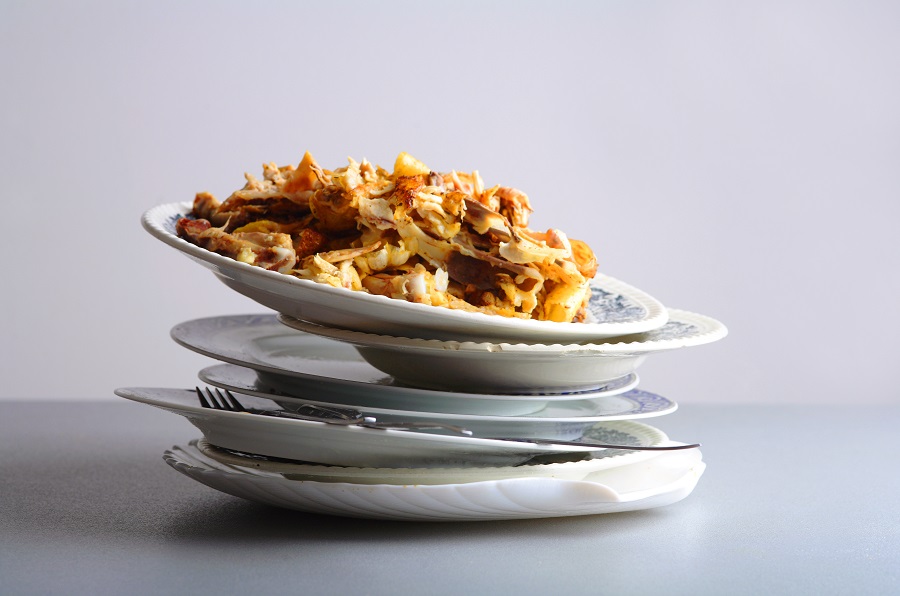


Back of the house technology solutions and improved supply chain processes have enhanced commercial operators’ ability to monitor and measure their food costs on a regular basis. Technology, alone, isn’t the solution, however. Great tech must be augmented with good processes and expert know-how. But like everything else in restaurant, change is constant and fast-paced. Shifting tastes, menus, and ingredients require operators to keep tabs on food costs and constantly re-evaluate processes to understand what’s contributing to food costs. To help operators manage costs throughout their system, we spoke with experienced food service veterans from several large operators to find out what fresh ideas they are using to keep food costs at bay.
Inventory Best Practices
When it comes to identifying opportunities to reduce food costs, they all agreed that precise inventory management procedures are critical.
-
Have a point person. For starters, each unit should have a designated, trained resource that implements consistent measurement procedures. Otherwise, inventory management will be at risk for human error.
-
Perform counts and checks at appropriate intervals. Inventory procedures should be conducted on a schedule that makes sense for your concept, your sales, and item type. Typically, that’s weekly, at most, for high-cost and perishable items (e.g., protein and produce). Inventory other items at least monthly.
-
Implement procedures, periodically evaluate them, and regularly inspect food storage areas. Analyze for steady growth or any wild swings. The COO of a new multi-unit, European-inspired Grand Café concept stressed the importance of continually cleaning and organizing your storage areas to help facilitate uniform measurement. In addition, employees responsible for taking deliveries should make it a habit to check weights and counts upon receipt, accurately label/date perishable items, and double check refrigeration temperatures. This is particularly important for avoiding unnecessary waste.
-
Build in variances. The founder of a Mediterranean concept (60+ units) emphasized the importance of taking into consideration final inventory value as well as all the possible variances such as employee meals, guest comps, preparation mistakes, and the like.
What Do Pack Sizes, Back-of-the-House Preparation and Your Dumpster Have in Common?
They are all practical places to look for waste. Operators we interviewed emphasized the importance of evaluating pre-consumer production food waste as a key way to find food costs efficiencies across an entire system. Top tips include:
-
Work closely with suppliers to optimize pack sizes.
-
Evaluate your menu to reduce the number of single use ingredients.
-
Regularly scrutinize the production of top-selling menu items to better understand potential areas of prep duplication.
-
Periodically take a “dumpster dive” to analyze wasted production ingredients. This will reveal recipes that need to be tweaked. It may also uncover the need to train your prep/cook team so that they can avoid errors that lead to waste.
Not all units are equal. Despite setting a franchise objective to standardize operations system-wide, not all units are equal. Consequently, maintain a waste log for each unit.
Is a Change Worth it?
It’s tempting to start cutting corners on quality in order to save money. However, the former founder of the industry’s first Fast Casual multi-unit chain suggested that it is prudent for smart operators to “step outside their buildings” on a regular basis to evaluate their guests’ experiences.
If you’re thinking of lowering costs to produce a significant menu item, ask yourself: “Would the guest know? Would the guest care?” Take, for example, switching to a local dairy for cheese for your cheeseburgers. What is the tradeoff between a lower cost ingredient and a high-quality branded product? You might also be looking at changing the fat ratio of the hamburger meat itself, or even changing suppliers. Our interviewees indicated that guests do understand the value of quality, and they strongly advised against modifying the tried-and-true menu item you have been successfully delivering. That’s because product changes often lead to lost sales.
Get Going
Operators and owners wear many hats in today’s highly competitive food-away-from-home channel. The day-to-day complexities of leadership and administrative responsibilities are extremely demanding. Because it’s the second highest expense in running a restaurant, food cost control is non-negotiable if you want to stay in business. Taking advantage of back of house technologies is certainly beneficial. But so is developing robust inventory policies and procedures and a great, well-trained team who faithfully adhere to them.
Photo by Syd Wachs on Unsplash

